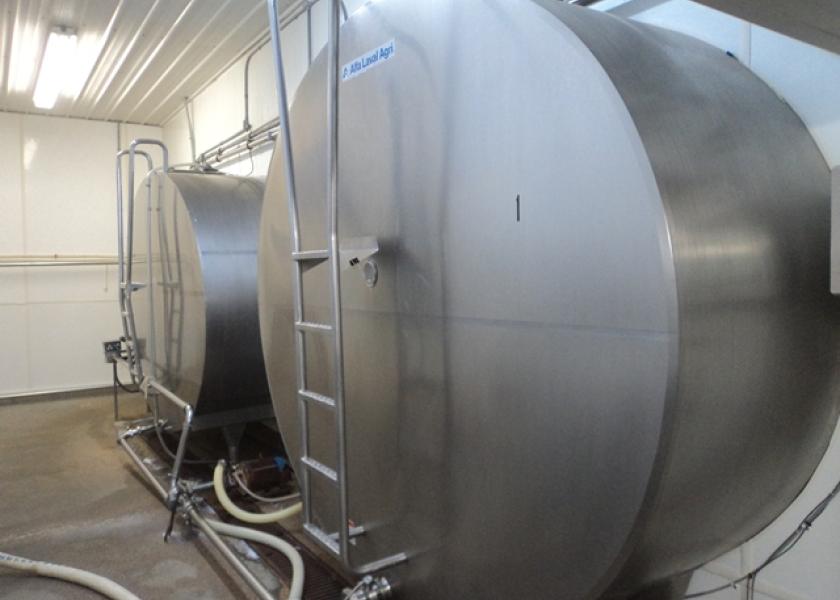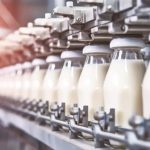
As the milk supply tightens, milk prices rise, and cheese manufacturing capacity expands, more milk dryers could run light. Cheese processors are typically willing to pay extra for milk to keep their vats full, but nonfat dry milk manufactures depend on cheap milk during times of surplus, according to Sarina Sharp, analyst with the Daily Dairy Report.
“In the absence of excess milk—like we are seeing today—the combined production of nonfat dry milk and skim milk powder tends to lag production of other dairy products,” Sharp said.
For instance, in the January through June period, combined output of nonfat dry milk and skim milk powder declined 15.2%, compared to the same period a year earlier.
If dairy producers continue to struggle to boost milk production, and processing capacity expands as expected, U.S. milk powder production could continue to decline while output of butter and cheese expands, she added.
“Even though year-over-year milk production has lagged prior-year volumes for 11 straight months, sky-high butter prices have convinced dairy producers to boost butterfat levels year after year, and higher butterfat levels have more than offset the milk production deficit,” Sharp said. “U.S. dairy producers have been almost singularly focused on increasing butterfat and have not made similar progress on other milk components. The average monthly butterfat level in milk has topped prior-year fat tests in every month since June 2020.”

For the first six months of 2024, U.S. milk production dropped 0.9% to a four-year low compared to the same period in 2023. Meanwhile, butterfat production rose 1.8%, leaving more than enough cream available for Class II products, and butter. Not surprisingly, both butterfat levels and U.S. butter output stand at record highs, Sharp noted.
By comparison, for the 12-month period ending June 2024, the average protein level in U.S. milk reached 3.28%, up only slightly from the 3.26% of the preceding 12 months. That modest increase in protein levels has barely made up for lower milk output, Sharp said. Total milk protein production was just 0.1% greater in the first six months of this year than it was in the first half of 2023.
“The level of nonfat solids in an average tankerload of U.S. milk has climbed slowly and steadily over the past several years,” Sharp said. “But the plodding increase in nonfat solids has not been sufficient to overcome the setback in milk production.” In the first half of the year, nonfat solids production was 0.5% lower than it was in the same period last year.
“The decline in U.S. milk output and the increase in U.S. dairy processing capacity have clearly created greater competition for milk supplies,” Sharp said. “Spot milk prices in the Upper Midwest have topped the historical average in 48 of the past 52 weeks, but rising component levels paint a more complex picture. More than enough cream is available for all uses, while smaller increases in protein and milk solids levels—and an unexpected uptick in milk bottling—have forced processors to look farther afield for milk to fill cheese vats and dryers. As new plants come online, the fight for milk will likely grow fiercer.”
You can now read the most important #news on #eDairyNews #Whatsapp channels!!!
🇺🇸 eDairy News INGLÊS: https://whatsapp.com/channel/0029VaKsjzGDTkJyIN6hcP1K

























